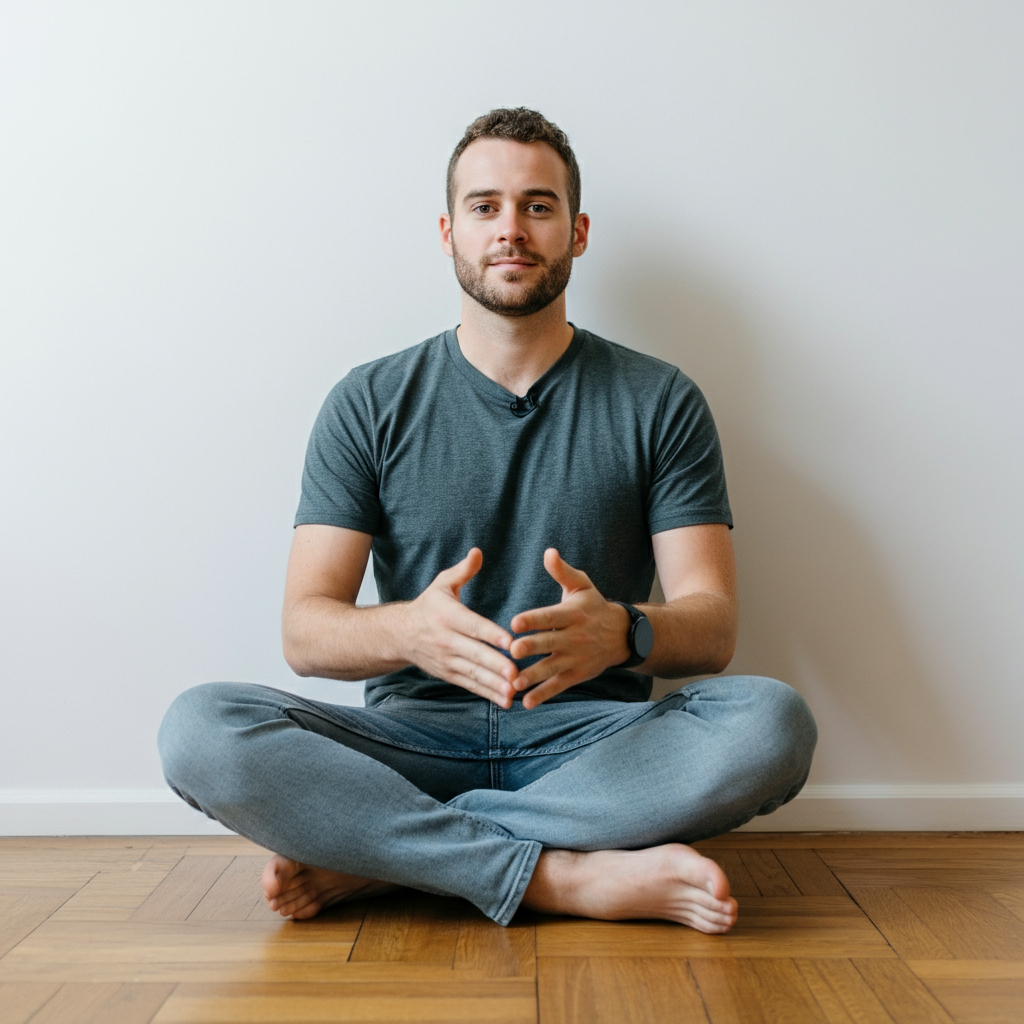Table of Contents
The Hidden Struggles: Recognizing Overactive Bladder Symptoms
OAB is characterized by a sudden, uncontrollable urge to urinate, which can often result in involuntary loss of urine, known as urge incontinence. According to estimates, OAB affects approximately 33 million Americans, with women being more frequently affected than men (Healthline, 2023). The symptoms of OAB can vary widely and may include:
- Urgent need to urinate: Individuals often feel an overwhelming urge to urinate, which can occur unexpectedly.
- Frequent urination: Many people with OAB may urinate more than eight times in a 24-hour period.
- Nocturia: This refers to waking up multiple times at night to urinate, disrupting sleep patterns and leading to fatigue.
- Incontinence: This is the involuntary loss of urine, which can occur when the urge to urinate cannot be suppressed.
These symptoms can significantly impair an individual’s quality of life, leading to social isolation, anxiety, and emotional distress (Healthline, 2023). Recognizing these symptoms early is crucial for effective management.
Exploring the Options: Types of OAB Medications Available
When it comes to treating OAB, several medication options are available, primarily focusing on alleviating symptoms and improving the quality of life. The primary classes of medications include:
Anticholinergics
Anticholinergic drugs are traditionally the first-line treatment for OAB and function by blocking the action of acetylcholine, a neurotransmitter that triggers bladder contractions. Some common anticholinergic medications include:
- Oxybutynin (Ditropan, Oxytrol, Gelnique)
- Tolterodine (Detrol, Detrol LA)
- Solifenacin (Vesicare)
- Fesoterodine (Toviaz)
- Trospium (Sanctura)
These medications help to relax the bladder muscles, thus reducing the frequency and urgency of urination (Mayo Clinic, 2023).
Beta-3 Adrenergic Agonists
Beta-3 adrenergic agonists represent a newer class of medications for OAB treatment. They work by stimulating beta-3 receptors in the bladder, promoting muscle relaxation and increasing bladder capacity. The primary beta-3 agonist prescribed is:
- Mirabegron (Myrbetriq)
Unlike anticholinergics, beta-3 adrenergic agonists generally have a lower incidence of side effects, making them a suitable alternative for those who cannot tolerate traditional OAB medications (Sesame Care, 2023).
Botulinum Toxin Injections
Botulinum toxin injections, commonly known as Botox, can be administered directly into the bladder muscle. This treatment is typically reserved for patients who have not responded adequately to other medications. Botox helps reduce symptoms by paralyzing the bladder muscle, thus inhibiting involuntary contractions (Mayo Clinic, 2023).
Neuromodulation
Neuromodulation therapies, including sacral nerve stimulation and peripheral nerve stimulation, provide another avenue for managing OAB. They involve the use of electrical impulses to modulate nerve activity related to bladder control.
Unveiling the Side Effects: What to Expect from Overactive Bladder Treatments
While medications for OAB can be effective, they often come with potential side effects. Understanding these side effects can help patients better manage their treatment plans. Common side effects associated with various OAB medications include:
Anticholinergics
- Dry mouth and eyes
- Constipation
- Dizziness
- Cognitive impairment (especially in older adults)
Anticholinergic medications can significantly impact quality of life, particularly for older patients, due to the potential for confusion and memory issues (Mayo Clinic, 2023).
Beta-3 Adrenergic Agonists
- Increased blood pressure
- Nausea and diarrhea
- Headaches
Although beta-3 agonists have fewer side effects than anticholinergics, monitoring blood pressure is essential during treatment (Mayo Clinic, 2023).
Botulinum Toxin Injections
- urinary tract infections (UTIs)
- Urinary retention
- Pain at injection sites
Botox injections can significantly improve OAB symptoms, but the risk of UTIs and other complications necessitates careful patient selection and monitoring (Mayo Clinic, 2023).
Neuromodulation
- Infection at the implant site
- Temporary discomfort
These procedures can provide relief for patients who have not found success with medications, but they require a skilled healthcare provider for implantation and follow-up care (Mayo Clinic, 2023).
Managing the Effects: Tips for Coping with OAB Medication Side Effects
Managing side effects from OAB medications can be challenging, but there are strategies to help alleviate discomfort:
- Stay Hydrated: Ensure adequate fluid intake to combat dry mouth, but be mindful of fluid intake timing to minimize nighttime urination.
- Dietary Adjustments: Avoid bladder irritants such as caffeine, alcohol, and spicy foods that can exacerbate symptoms.
- Regular Exercise: Engaging in pelvic floor exercises, such as Kegels, can strengthen muscles and improve bladder control.
- Medication Timing: Taking medications at the same time daily can help maintain consistent levels in the body, potentially reducing side effects.
- Consult with a Healthcare Provider: Regular check-ups with your doctor can help monitor side effects and make necessary medication adjustments.
When to Seek Help: Consulting Your Doctor About OAB Medication Concerns
If you experience intolerable side effects or if OAB symptoms persist despite treatment, it is essential to consult your healthcare provider. Signs that warrant immediate medical attention include:
- Severe dizziness or confusion
- Inability to urinate
- Persistent urinary tract infections
- Significant changes in blood pressure
Open communication with healthcare providers about symptoms and side effects is crucial for effective management of OAB.
Frequently Asked Questions (FAQ)
What is Overactive Bladder (OAB)?
Overactive bladder is a condition that causes a sudden urge to urinate, often leading to frequent urination and involuntary loss of urine.
How is OAB diagnosed?
Diagnosis typically involves a review of symptoms, medical history, and tests such as urinalysis and bladder diaries to track urination patterns.
What are the first-line treatments for OAB?
First-line treatments include anticholinergic medications and lifestyle modifications such as bladder training and dietary changes.
What should I do if my medication for OAB isn’t working?
Consult your healthcare provider for a reevaluation of your treatment plan. They may suggest alternative medications or additional therapies.
Are there any home remedies for OAB?
In addition to medications, lifestyle changes such as pelvic floor exercises, managing fluid intake, and dietary modifications can help manage OAB symptoms.
References
- Healthline. (2023). overactive Bladder: Symptoms, Causes, and Treatments. Retrieved from https://www.healthline.com/health/overactive-bladder
- Mayo Clinic. (2023). Bladder control: Medications for urinary problems. Retrieved from https://www.mayoclinic.org/diseases-conditions/urinary-incontinence/in-depth/bladder-control-problems/art-20044220
- Sesame Care. (2023). Overactive Bladder Medications. Retrieved from https://sesamecare.com/blog/best-overactive-bladder-medications?srsltid=AfmBOorI-lJiVYnAaqZyHU8zoDJFBzEel8KnMIwN3ahPIwjLBlkSFjmz
- NHS. (2023). Tolterodine – a medicine for treating symptoms of an overactive bladder. Retrieved from https://www.nhs.uk/medicines/tolterodine/











